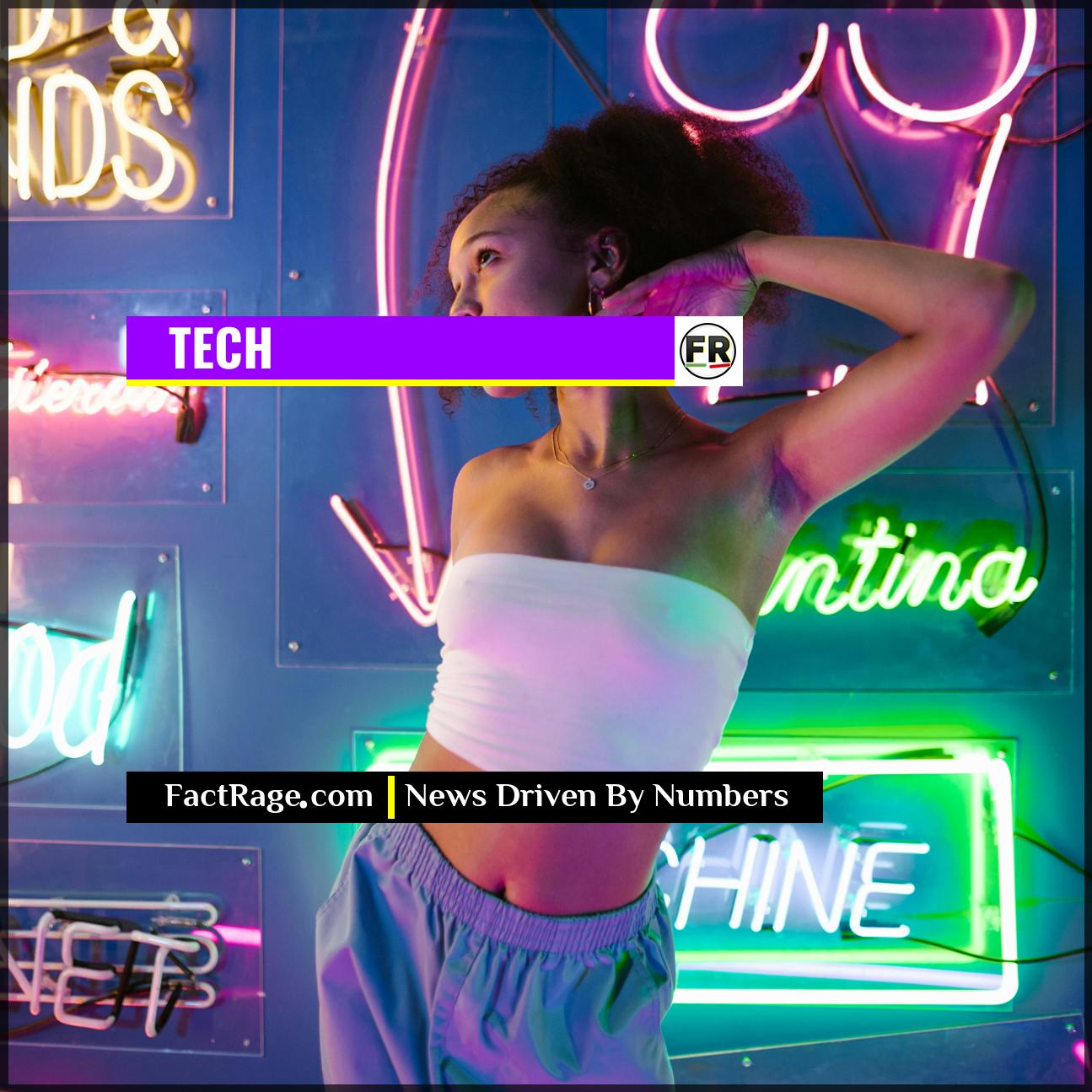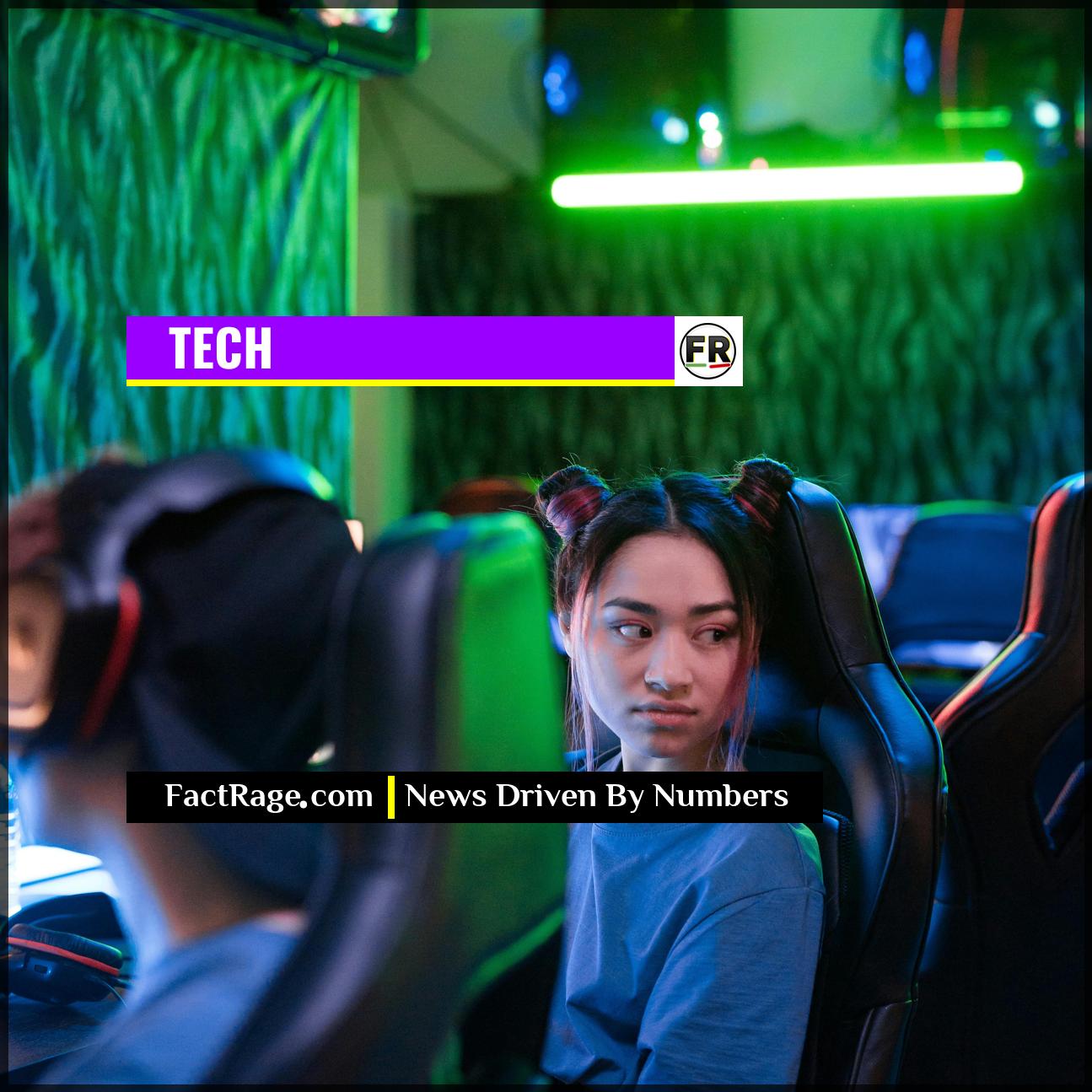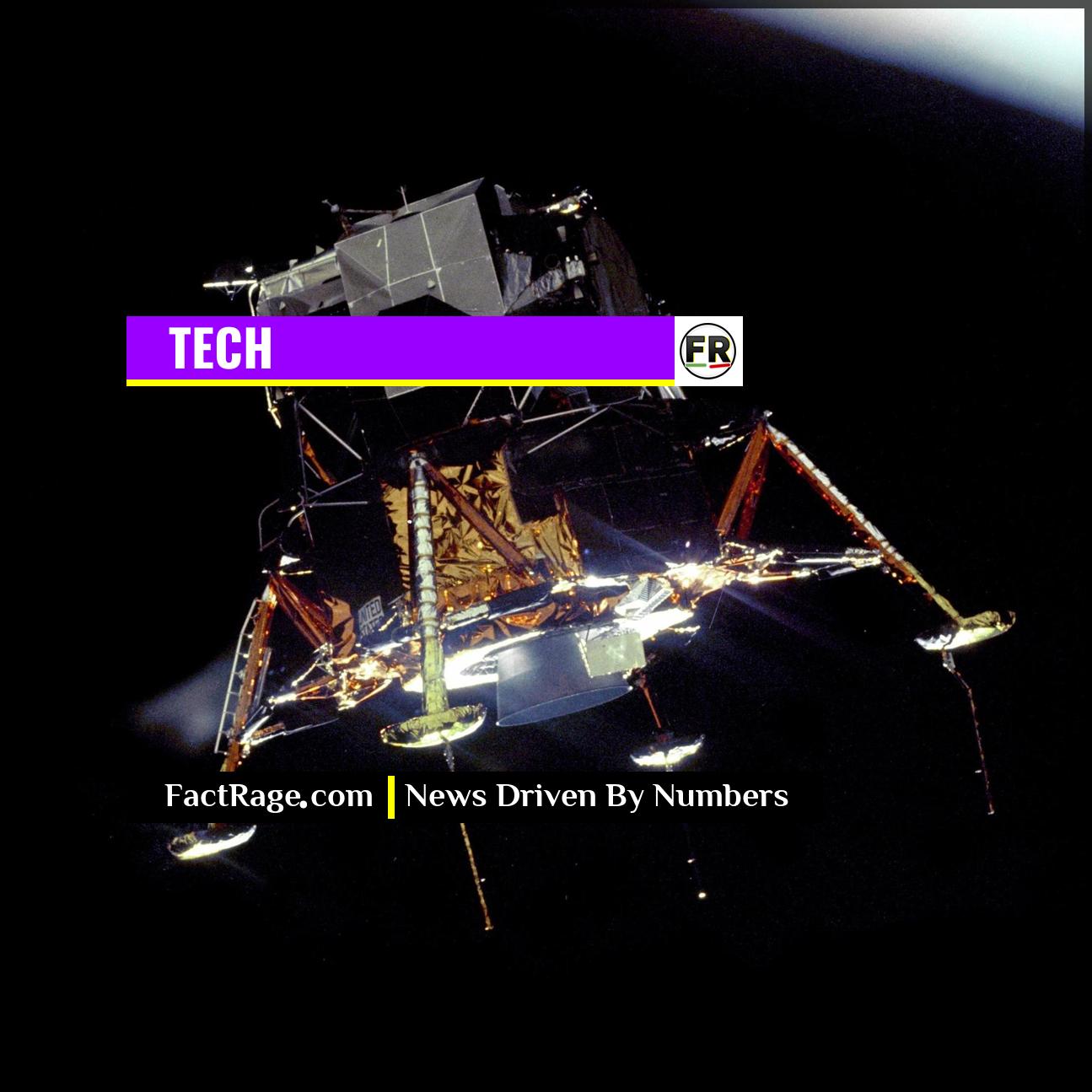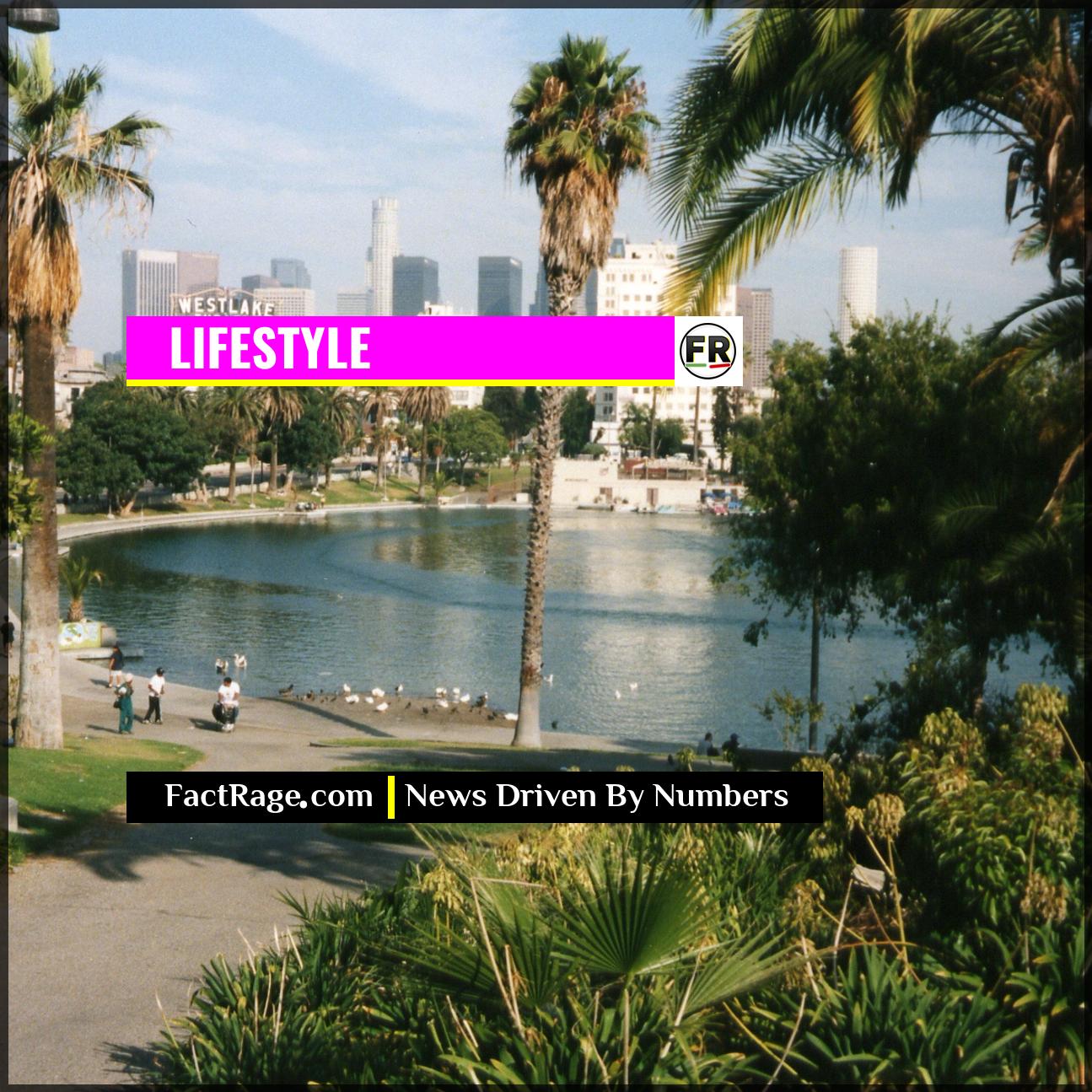FACTRAGE – Social media platform TikTok has begun testing 60-minute video uploads with a limited number of creators, signaling a significant strategic pivot from the short-form content that defined its global success.
- A New Time Limit – TikTok is experimenting with allowing users to upload videos up to 60 minutes long, a dramatic increase from its previous limits which have progressively grown from 15 seconds to 10 minutes.
- Competitive Strategy – This move places TikTok in more direct competition with Alphabet Inc.’s YouTube, aiming to attract long-form content creators and capture a larger share of the video advertising market.
- Algorithmic Challenge – Integrating hour-long content poses a new and complex test for TikTok’s recommendation algorithm, which is highly optimized for short, rapidly consumed videos.
This potential change marks the most dramatic evolution for the app owned by ByteDance, raising questions about the future of its user experience, its famed algorithm, and its place in the broader digital media landscape.
The Algorithm’s New Frontier
![]() At its core, TikTok’s global success is an engineering marvel—an algorithm fine-tuned to master engagement in mere seconds. The introduction of hour-long content is more than a simple feature update; it’s a fundamental test of that system’s adaptability. This pivot forces a powerful AI built for fleeting moments to learn an entirely new language: sustained, long-form attention. The success or failure of this experiment will reveal the true limits of recommendation technology and could reshape the future of digital media.
At its core, TikTok’s global success is an engineering marvel—an algorithm fine-tuned to master engagement in mere seconds. The introduction of hour-long content is more than a simple feature update; it’s a fundamental test of that system’s adaptability. This pivot forces a powerful AI built for fleeting moments to learn an entirely new language: sustained, long-form attention. The success or failure of this experiment will reveal the true limits of recommendation technology and could reshape the future of digital media.
Read On…
Read on as we break down the technological hurdles, the strategic challenge to YouTube, and what this monumental shift means for the creator economy.
What Is Driving TikTok’s Push into Long-Form Content?
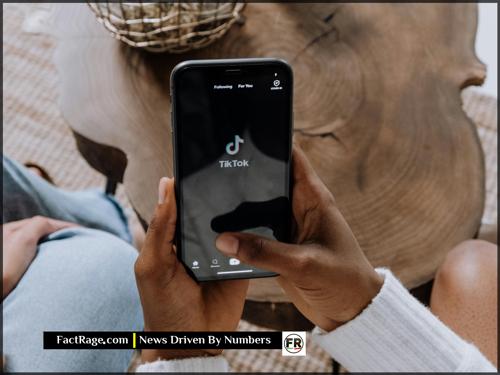
The move to test 60-minute videos is a calculated step in TikTok’s evolution from a viral video app into an all-encompassing entertainment platform. The primary motivation appears to be twofold: creator retention and market expansion.
By accommodating longer videos, TikTok can attract and retain creators who specialize in formats that don’t fit into a 10-minute window, such as full-length tutorials, in-depth commentary, documentary-style pieces, and even full episodes of web series. These creators often build more established communities on platforms like YouTube. Capturing this segment would allow TikTok to prevent users from leaving its app for more detailed content elsewhere. Furthermore, longer videos mean users spend more time on the platform per session, which directly translates to more opportunities to serve advertisements—a key revenue driver currently dominated by YouTube in the video space.
How Does This Change the TikTok vs. YouTube Dynamic?
For years, the dynamic between the two video giants has been one of imitation. YouTube responded to TikTok’s success by launching “Shorts,” its own short-form video feature. Now, TikTok is making a direct play for YouTube’s core territory. What does this rivalry mean for the internet’s video ecosystem?
By enabling hour-long uploads, TikTok is no longer just competing for users’ spare moments; it’s competing for their dedicated viewing time. This could entice creators who currently have to publish “Part 2” or direct their audience to YouTube to post their full content directly on TikTok. This threatens to erode YouTube’s dominance as the default platform for substantive video content. However, the challenge for TikTok is significant. YouTube has spent over a decade building an ecosystem around long-form video, including sophisticated monetization tools, copyright protection systems, and a user base that expects longer content.
What Are the Technical and User Experience Hurdles?
Perhaps the most critical question is how this change will affect the user experience and the “For You” page algorithm that powers it. TikTok’s success is built on a discovery engine that learns a user’s preferences with breathtaking speed by analyzing how long they watch, like, and share very short clips. How does an hour-long video fit into this model?
Integrating such content presents a major technical challenge. The algorithm will need to be retrained to identify engaging moments within long videos to feature in previews or to accurately predict if a user will invest a significant amount of time. If not implemented carefully, it could lead to user frustration, as feeds become cluttered with longer videos that disrupt the fast-paced, “endless scroll” experience many users expect. The platform will have to find a balance between introducing new formats and preserving the core functionality that made it a global phenomenon in the first place.
The Algorithm’s Next Frontier
![]() TikTok’s journey from 15-second clips to potential hour-long features is a compelling case study in platform evolution. The ultimate test is not merely technical, but behavioral: can an algorithm built to master fleeting moments be retrained to curate sustained, deep engagement? How this experiment unfolds will offer a glimpse into the future of digital media, revealing whether the architecture of instant gratification can be re-engineered to host the thoughtful, long-form narratives of tomorrow.
TikTok’s journey from 15-second clips to potential hour-long features is a compelling case study in platform evolution. The ultimate test is not merely technical, but behavioral: can an algorithm built to master fleeting moments be retrained to curate sustained, deep engagement? How this experiment unfolds will offer a glimpse into the future of digital media, revealing whether the architecture of instant gratification can be re-engineered to host the thoughtful, long-form narratives of tomorrow.

